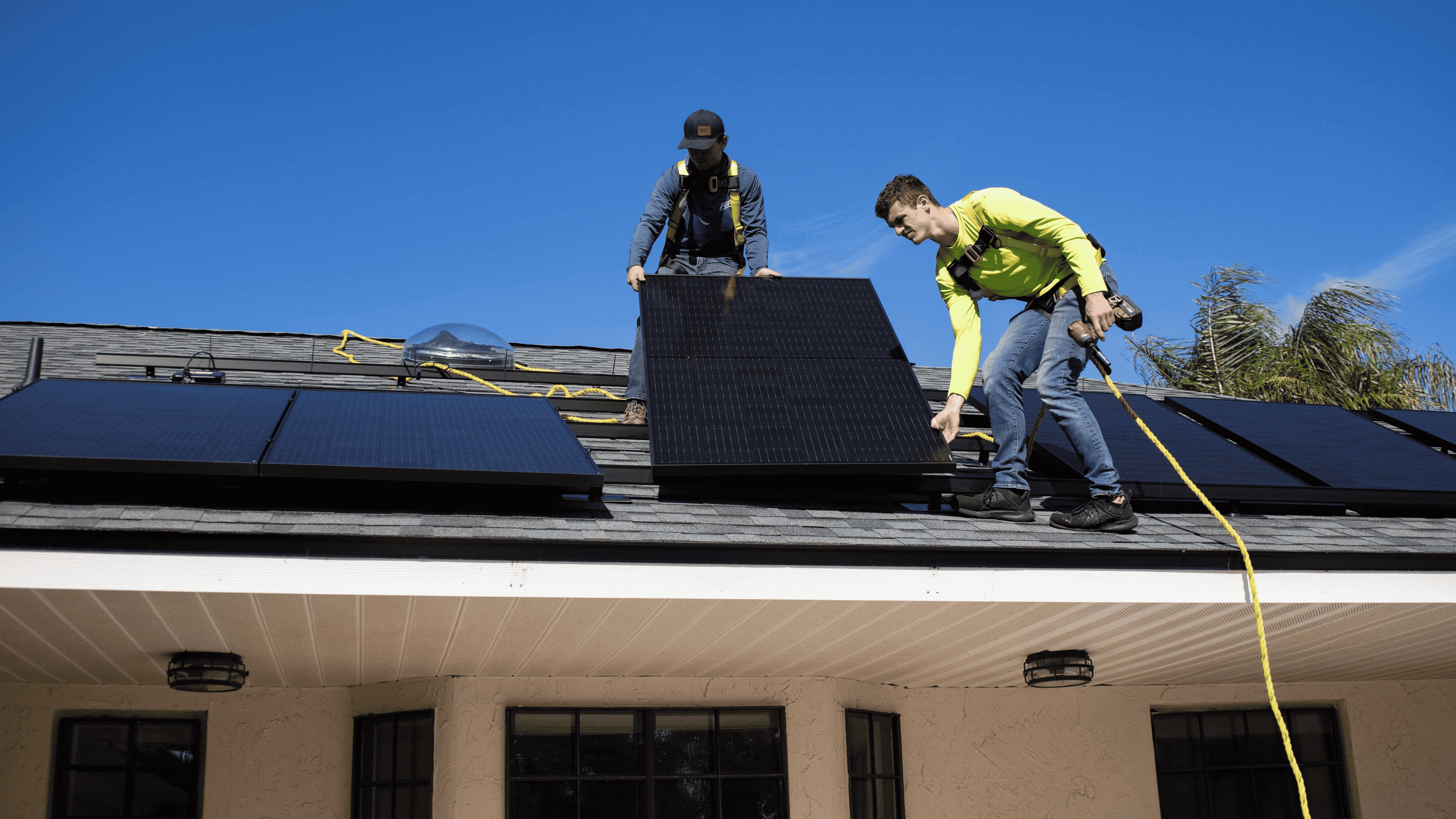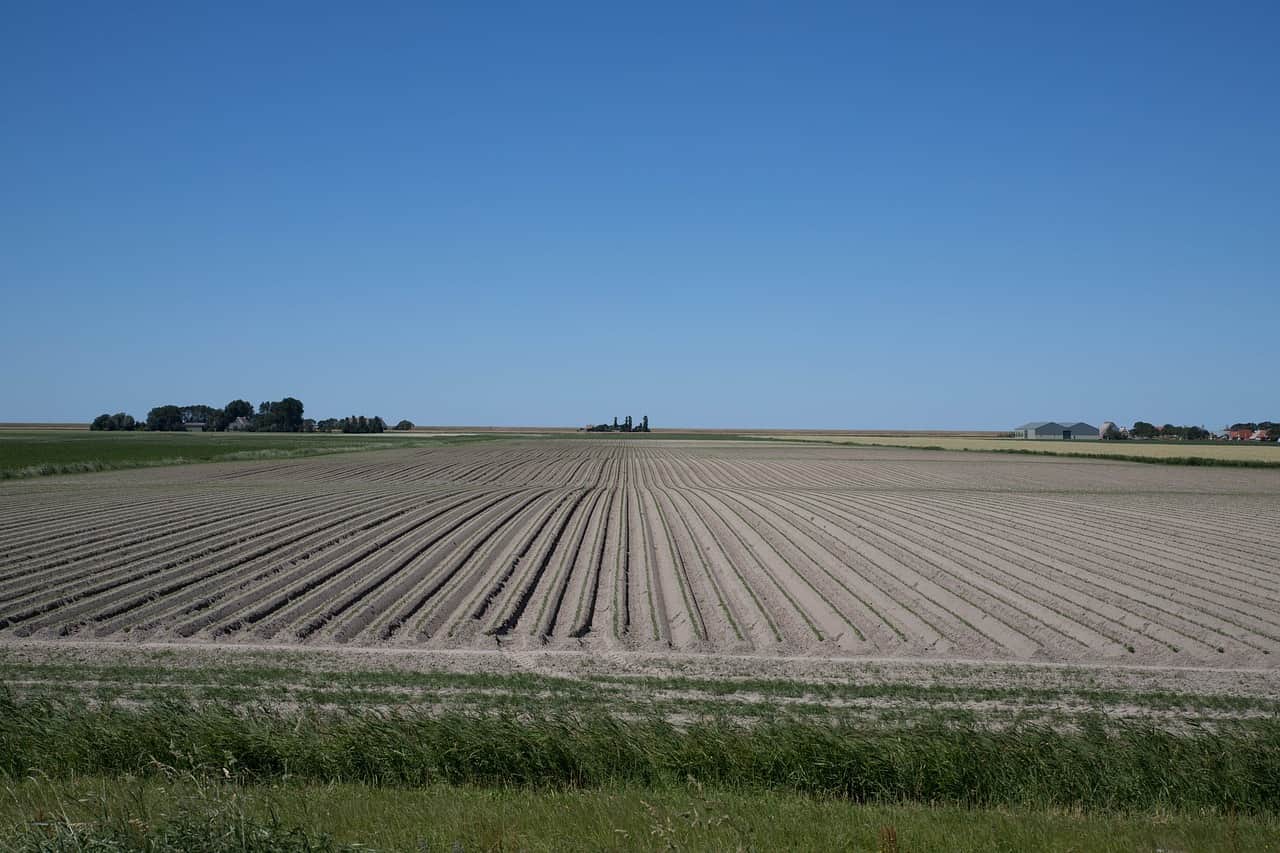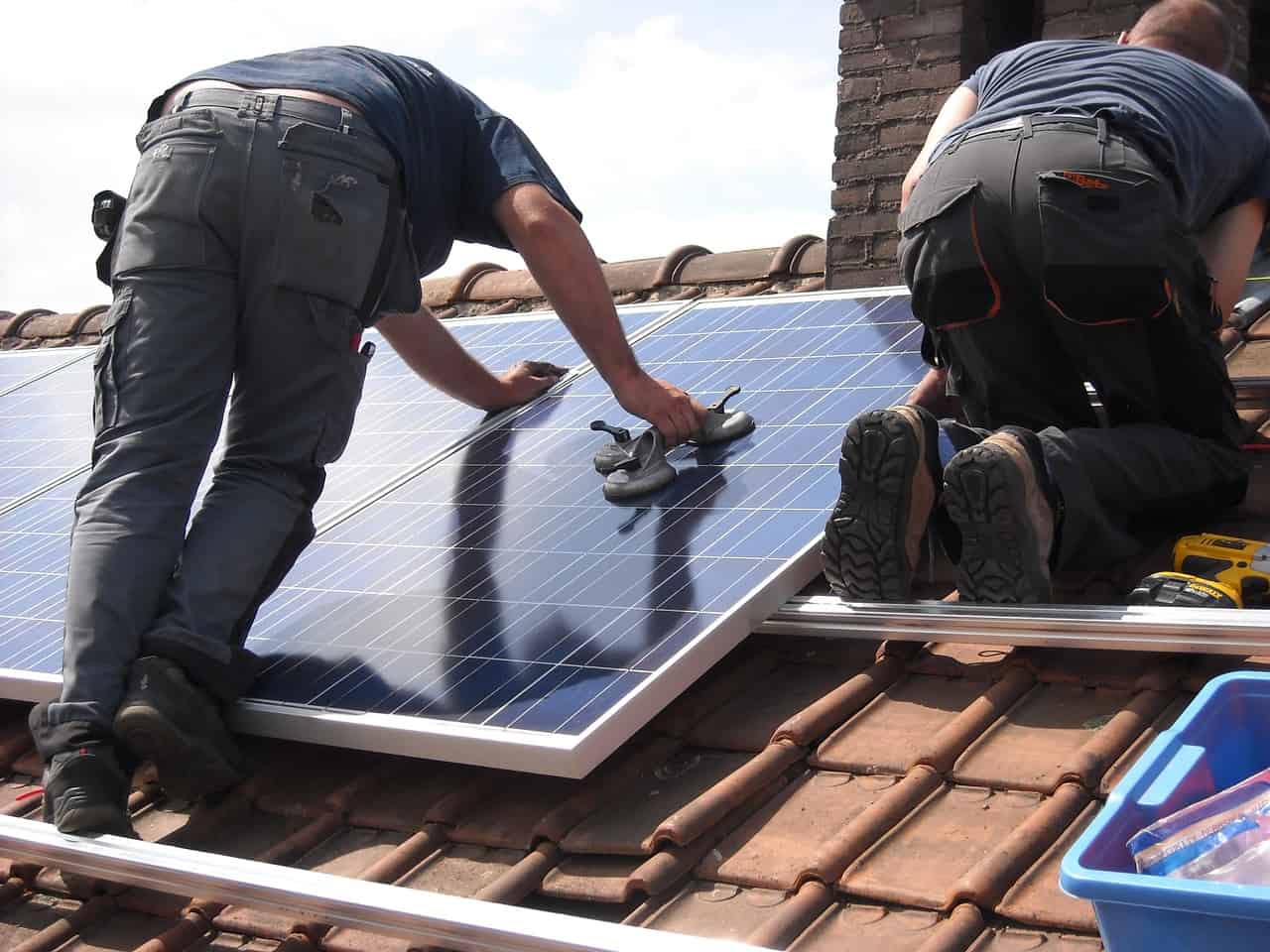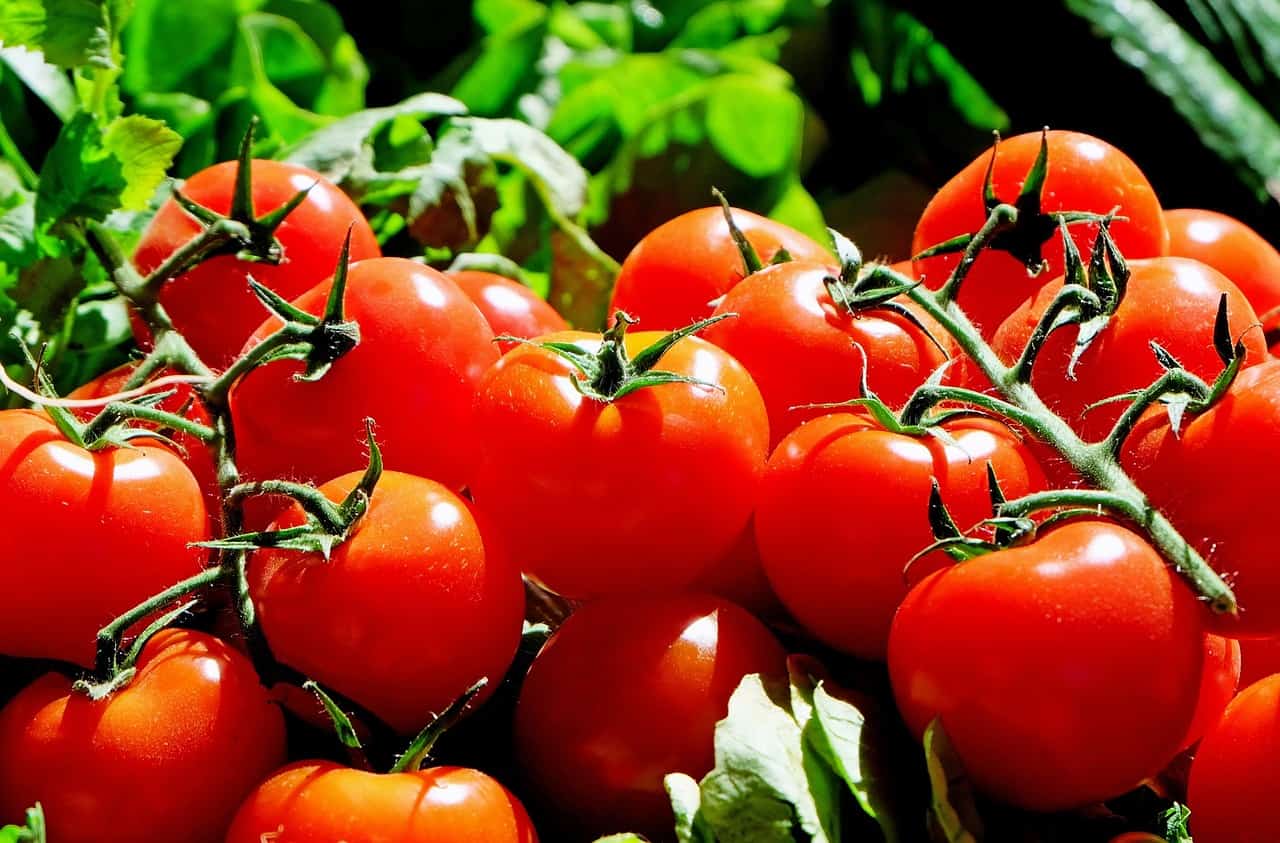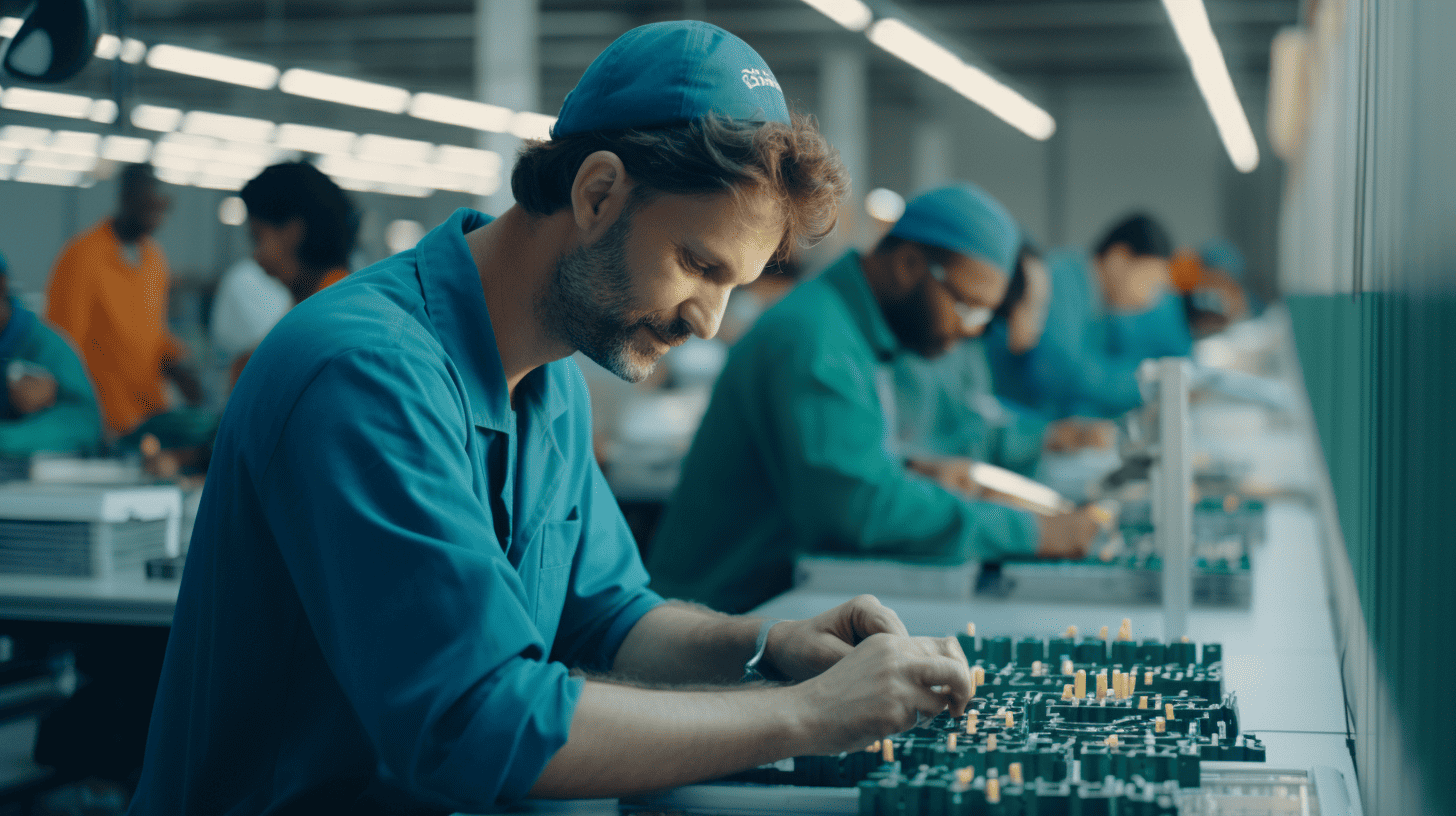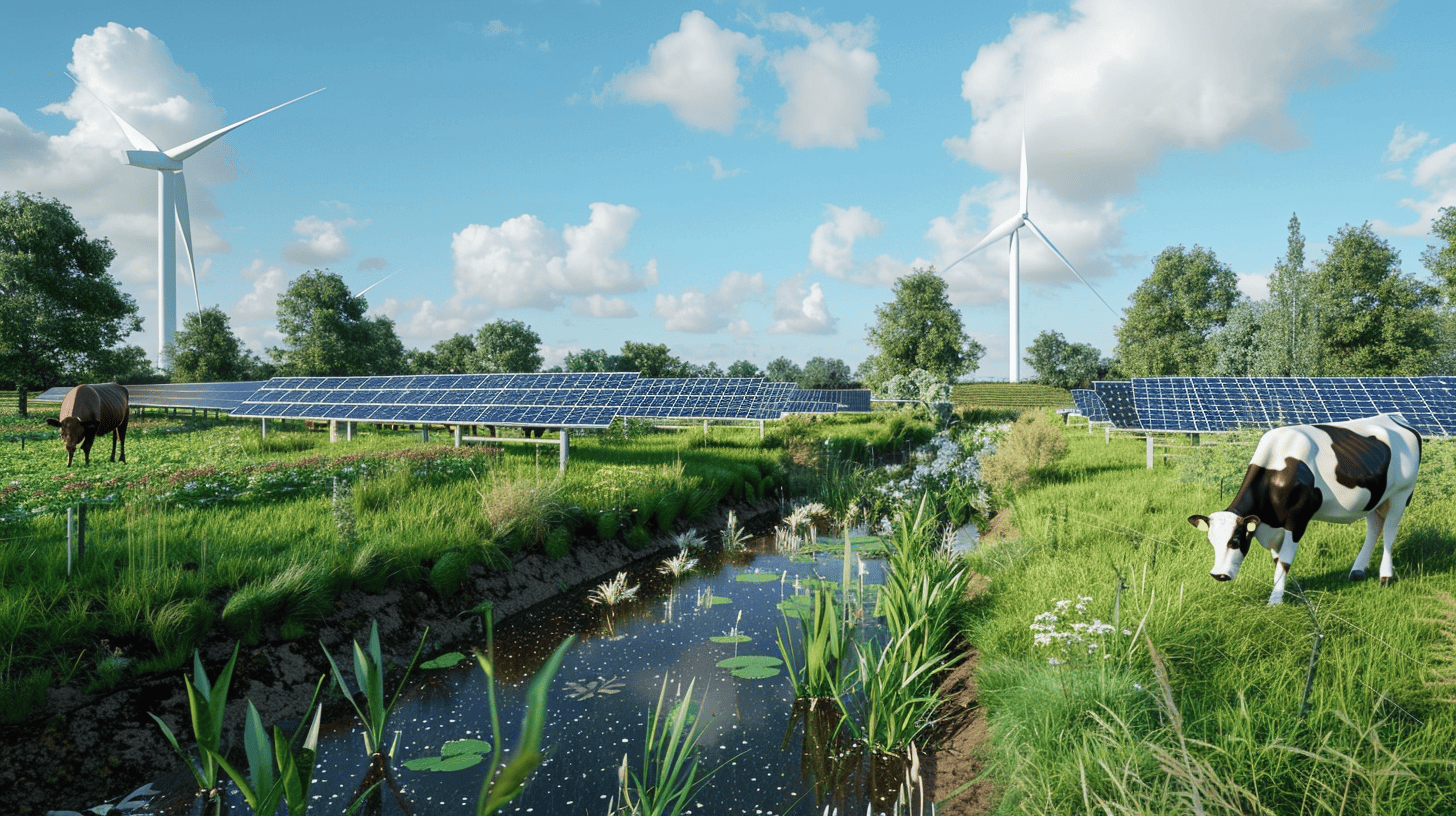
As solar panels’ prices plunge, more households install them – and enjoy significant tax benefits. Yet, rooftops are only one of the use cases for solar energy, with solar modules that can also coexist with agriculture.
Agrivoltaics (AV) combines solar energy generation with agriculture. Solar panels blend with crop culture, grazing sheep, or fruit plantations. The different technology possibilities allow different kinds of solar panel installation, from vertical to horizontal, from fixed solar modules to moving ones, facilitating the coexistence of plants, animals, and power generation.
Why this is important
Pressing climate change challenges urges us to think differently about energy generation. A way to do so is by combining food and electricity production, as agrivoltaics shows. AV offers a variety of technological options, reducing land competition between crops and solar farms.
No competition for land
Last year, the Dutch government put a brake on developing ground-mounted solar parks on agricultural land. The law, intended to protect farmland, set new rules for solar installations. Trade organization Holland Solar didn’t welcome the decision positively, campaigning to exempt AV developments – as the final bill was. Solar energy can still play a role in light of the climate targets the country needs to meet. In a country with a scarcity of available land, such as the Netherlands, AV reduces land competition – and farmers access an extra income source.
In the past few years, installations and pilot projects have been carried out, and around ten AV power plants exist at the moment in the Netherlands. BayWa re, for instance, is building one of the largest plants in Europe on a raspberry farm in the province of North Brabant.
Solar panels and crops can coexist
Two main categories of AV power plants exist: those where agriculture happens between photovoltaic (PV) arrays and those where cultivations are under the PV panels—which also accommodate grazing animals. In the former case, vertical installations—often featuring bifacial solar cells that harvest light from two sides—sit along cultivations. In the latter, panels partially cover plants varying in height depending on the culture. These AV plants can either be fixed or moving, following the sun’s movement.
Interestingly, solar panels act as a shield for plantations from hail and from the excessive heat of summer months, limiting plants’ transpiration – plants’ process of transferring moisture to the atmosphere. While research showed that some crops produced more under solar panels, the opposite is also true. Research by the Fraunhofer Institute showed how the yield of potatoes and winter wheat decreased under AV installations. There is no one-fits-all solution, and design is a key aspect to consider.
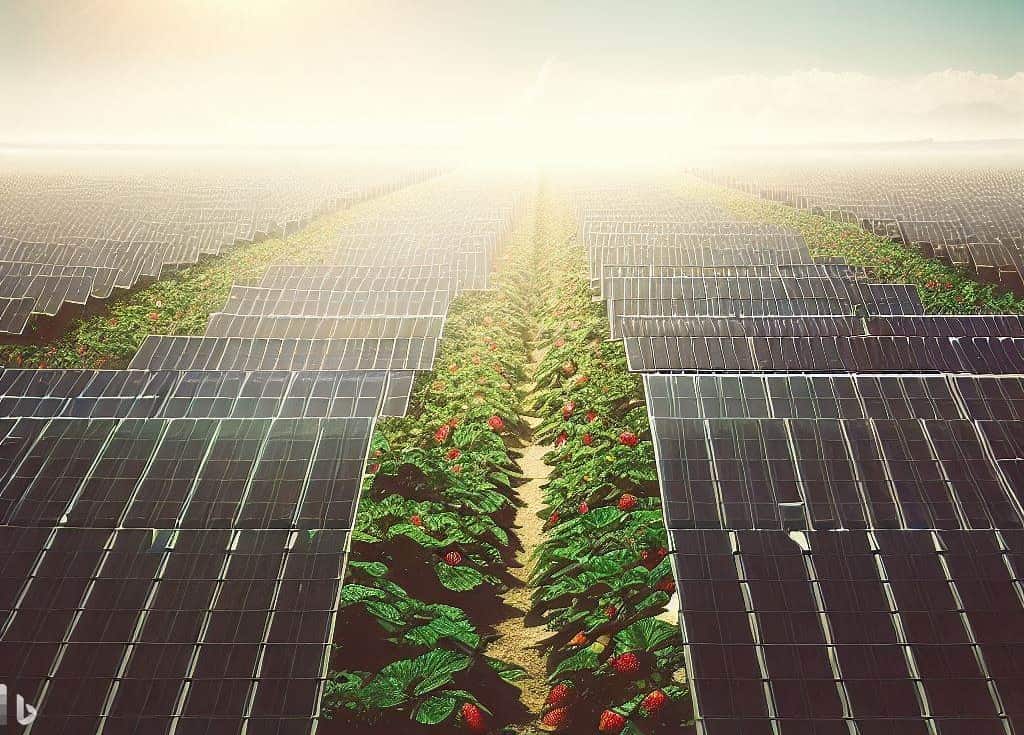
Improving farming
“Installing an AV plant should improve farming. The solar panels must fit within the farming practices, not vice versa. The design has to adapt to the existing farming practices, and for us, it is paramount to listen to the farmers’ needs,” explains Martijn van der Pouw, a business development manager at the renewable energy company Statkraft. In the Netherlands, Statkraft mainly develops and realizes ground-mounted solar projects.
According to Van der Pouw, AV is now on the agenda, as it represents one way the Netherlands can achieve the 2030 national renewable energy generation targets. “Until then, AV has much potential to help meet the national goals,” he underlines. With sixty percent of the Dutch agricultural land occupied by grassland for dairy farming, possibilities lie in cross-based land farming, accommodating cows and solar power generation. As a testament, Statkraft won a contest by the municipality of West Maas en Waal for new solar farms, presenting an AV project. The plan consists of an agrivoltaic plant capable of delivering 15 GWh of electricity every year, where grassland integrates a horizontal solar installation – with sun tracking.
Newcomers to the landscape
However, the deployment of such projects can’t go without public acceptance. Recently, Wageningen University published a study on the landscape user experience of agrivoltaics installations. The scientist conducted an in-person survey with residents of two municipalities near two AV power plants in the Netherlands, Tiel and Culemborg. Although people understand the importance of such installations, work must be done to increase acceptance.
“People, in general, understand that the functionality of the land improves with an AV installation, and they also embrace the sustainability dimension connected to it. Landscape experience – the third dimension of spatial quality we investigated – is more complicated to deal with. Landscape users – people that live, work, or recreate in those areas – see their experience worsening,” explains Sven Stremke, professor of landscape architecture and one of the paper’s authors.


Where to fit them?
According to the professor, more work is needed on policies, planning and design of such installations. Most importantly, agrivoltaics plants fit better in some parts of the country than others. “Think of Flevoland, where the landscape has a pragmatic and straightforward organization, with more extended plots of land. Conversely, in North Brabant, with smaller plots of land, installing large-scale AV parks with elevated panels wouldn’t mix well with the existing landscape,” he clarifies.
Sunlight reflection is another practicality that needs to be addressed. Depending on the orientation, PV panels can generate reflection and glare, which can cause discomfort for those who experience that landscape. In looking for new solutions, Wageningen University and her partners have been experimenting with color-printed panels with grass or rock patterns to improve acceptance.
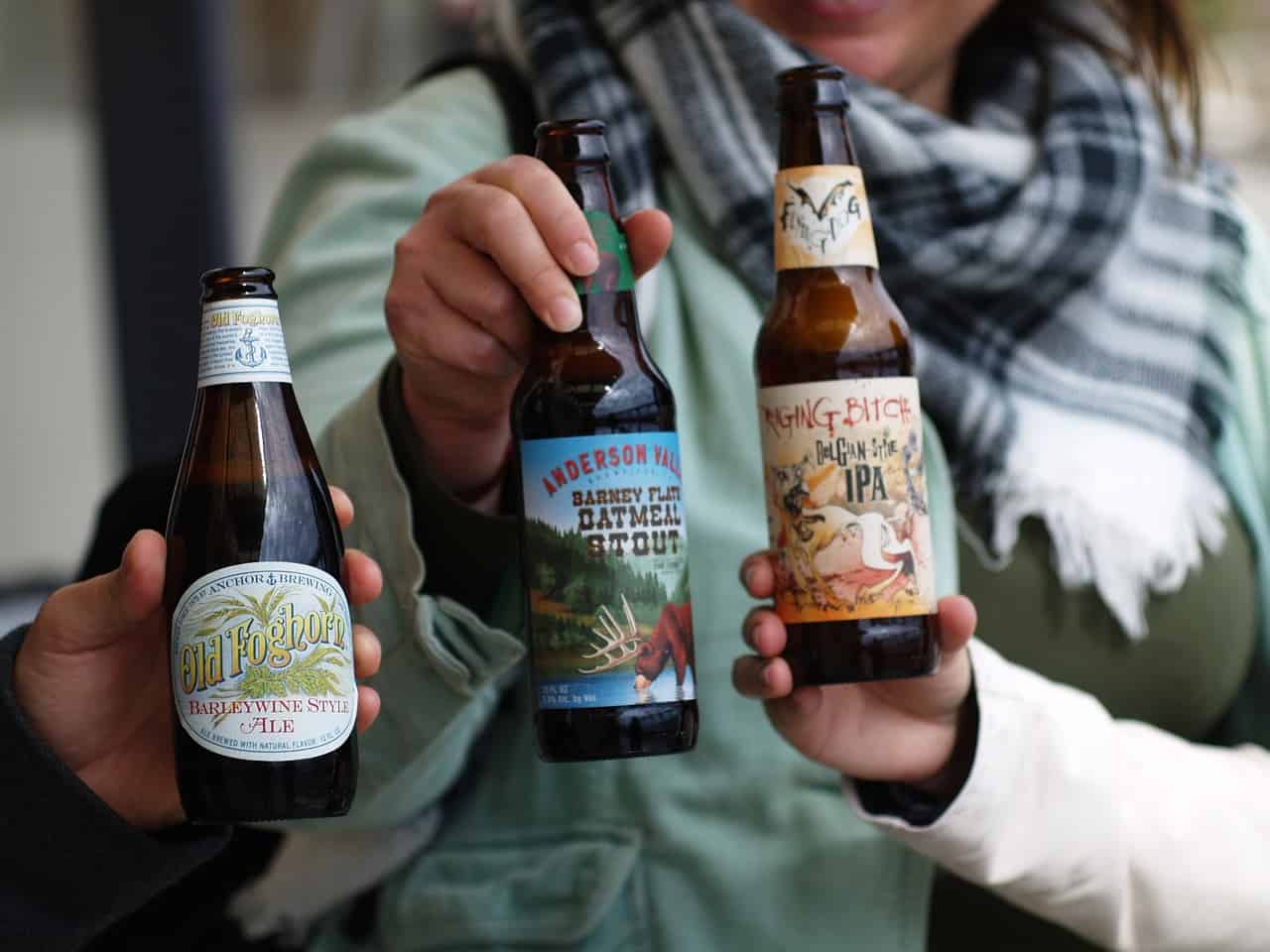
‘AV plants don’t need to be everywhere’
In Stremke’s view, thorough planning of future AV developments is crucial. “We see that ninety percent of the existing solar farms are located in the wrong spots, so there has to be a planning approach to AV developments, finally. In some Dutch landscapes, we support it; in others, we don’t because the tradeoffs are larger than the benefits,” the professor stresses.
Although reluctance exists, AV developments won’t disrupt the entire Dutch landscape. “We need less than five percent of the farming land to meet the solar energy targets. AV plants don’t need to be everywhere,” he adds.
With municipalities leading the development of their renewable energy projects, the central government could actively facilitate AV adoption. “That’s something Statkraft wants to propose, as these projects are more complex to deploy and more capital intensive. Innovation is still needed, which can flourish with research grants, but most importantly with project-focused subsidies. A specific agri-PV category in the SDE++ subsidy scheme would be helpful,” states Van der Pouw. As more farmers express interest in the technology, more AV plants will come amid new research developments and updated government policies.



